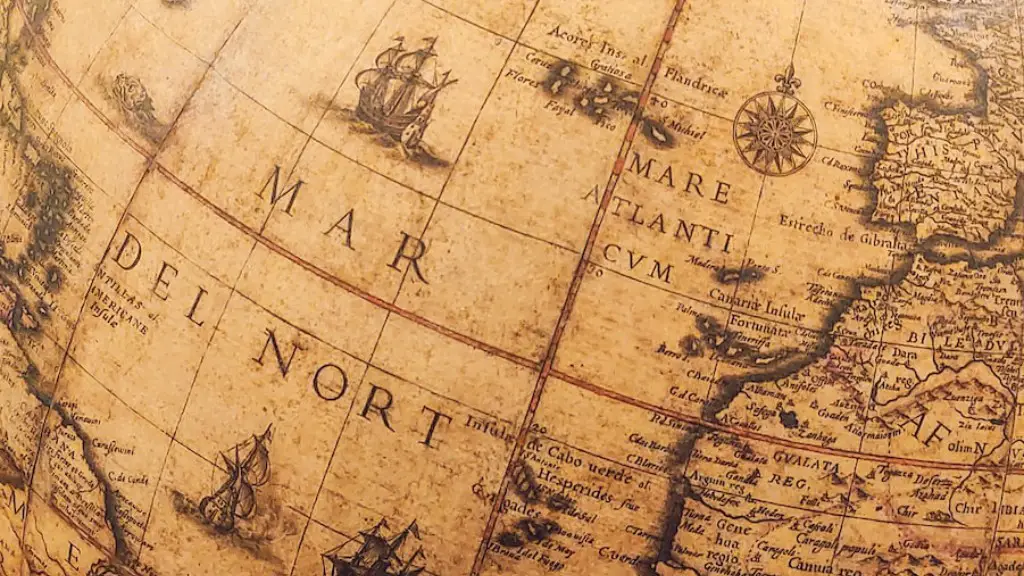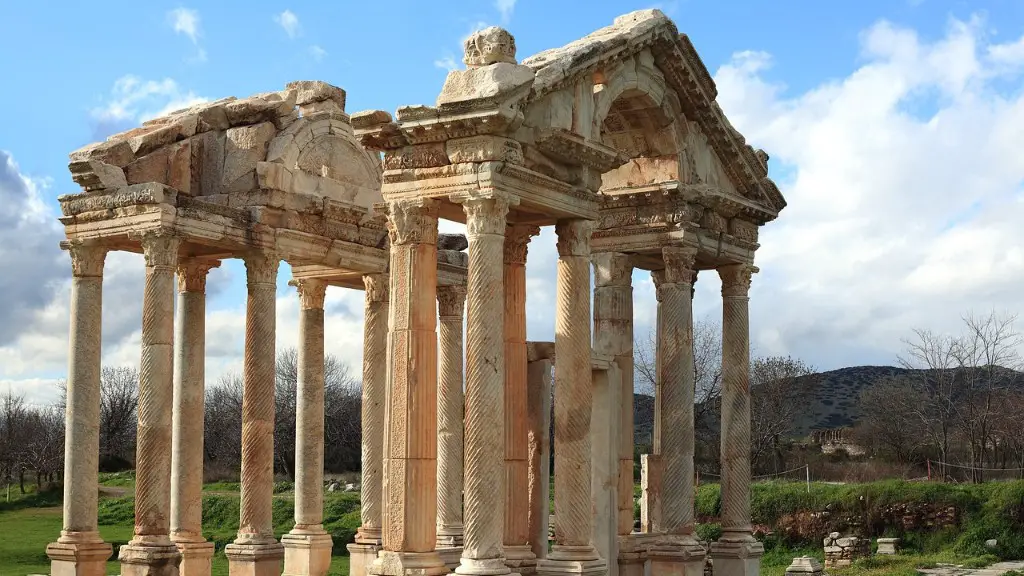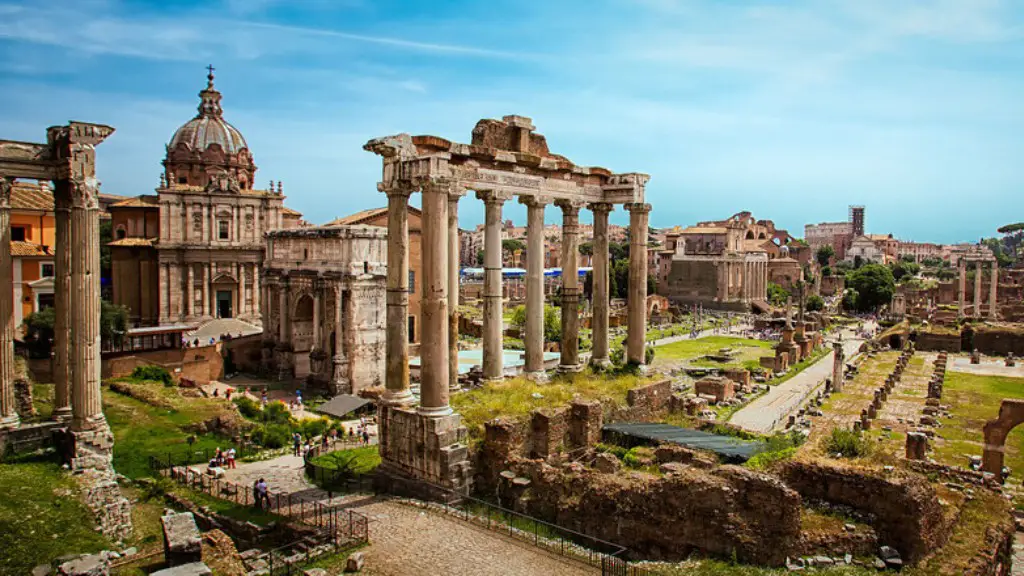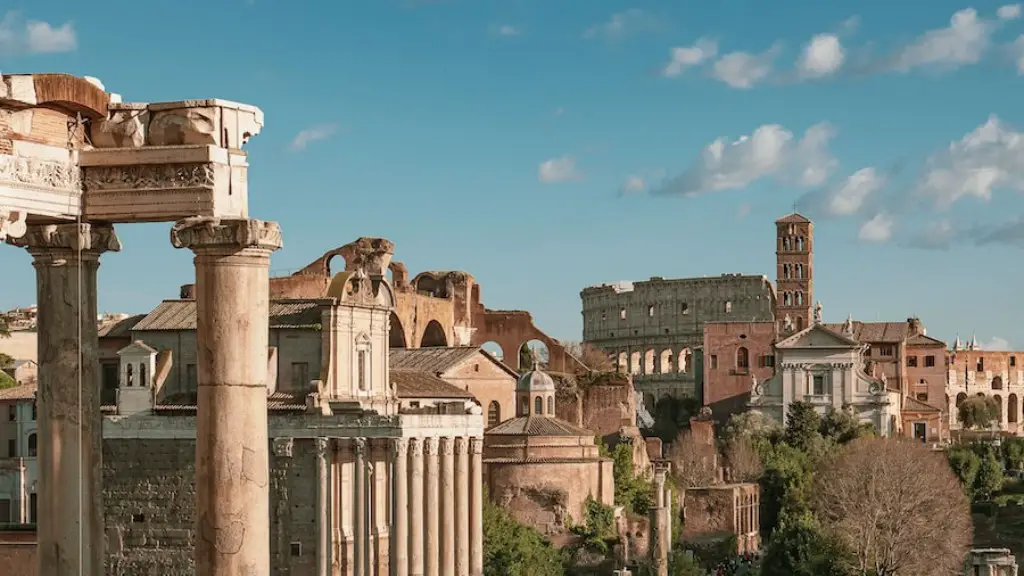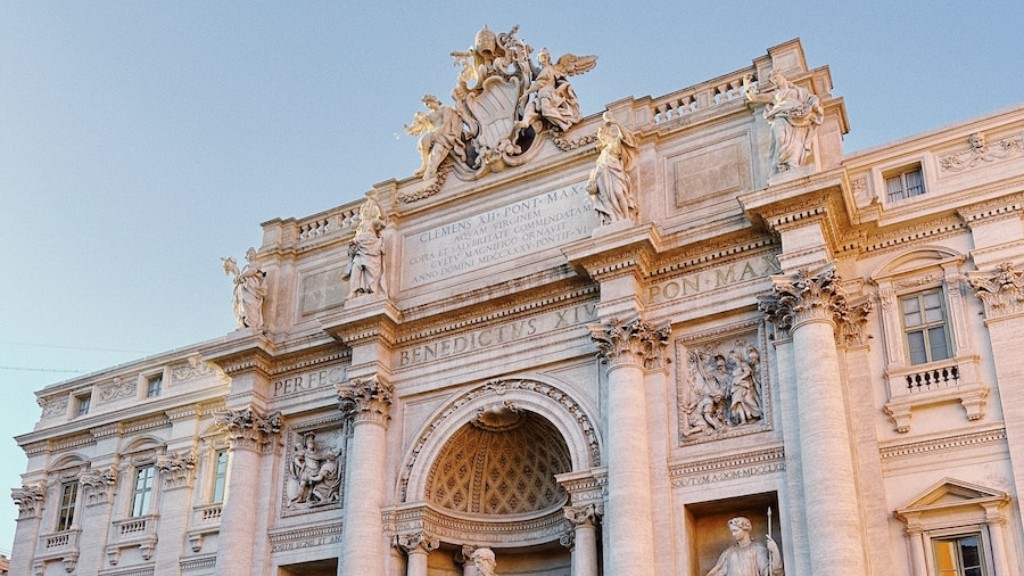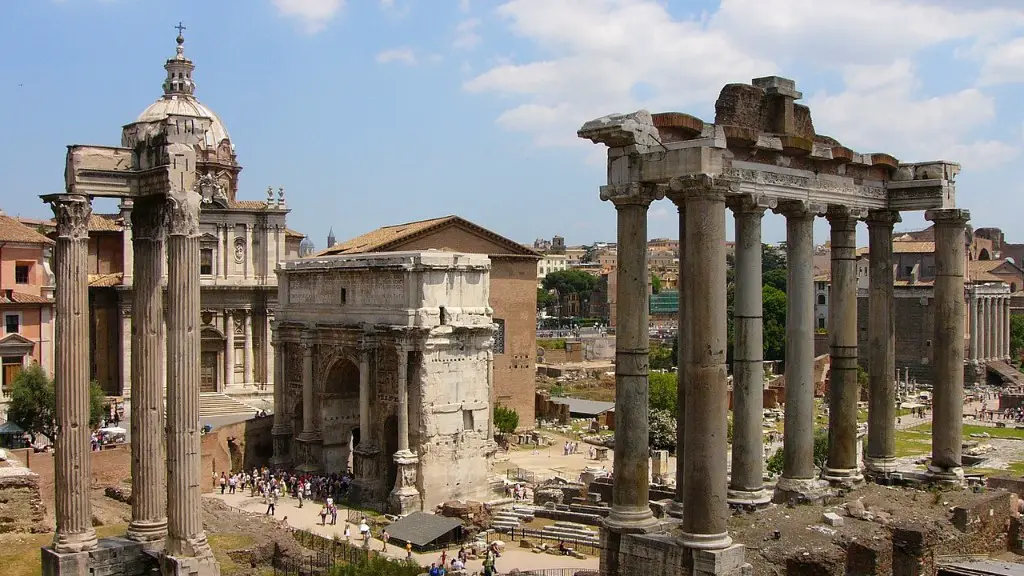Legionaries in Ancient Rome
The Roman legionary was Rome’s heavily-armed soldier and a mainstay of its formidable armies. Ancient Rome’s armies composed of legionaries, were powerful forces, unbeatable in battle and capable of conquering vast territories. Legionaries are renowned for their discipline, dedication, and martial prowess, and they remain a symbol of military power even in modern times
At the height of the Roman Empire in the 1st century CE, there were approximately 25 legions of legionaries supported by auxiliary forces. Legionaries served for a minimum of 20 years, and could be rewarded for their service by being granted citizenship in Rome. It was a prestigious role, and only Roman citizens were allowed to serve as legionaries. The requirements for a legionary were very specific, and those who failed to meet them were not eligible for service.
The training that Roman legionaries had to endure was rigorous. They learned to fight in close formation and use a variety of weapons, from swords and spears, to javelins and slings. They were also trained in engineering, including building roads and bridges, as well digging trenches and setting up camp. This training went far beyond the usual physical training of soldiers, and allowed the legionaries to be even more effective in battle.
Not only were legionaries expected to fight and win battles, they were also responsible for policing the areas they occupied. In small towns and villages they provided law and order, keeping the peace and enforcing local laws. This meant that they were more than just soldiers; they were also agents of Roman governance and culture. This was a huge responsibility, and the legionaries had to maintain a high standard of excellence and discipline in order to uphold it.
The legendary power and fearlessness of the legionaries in battle meant that enemy armies often gave way without a fight. At the same time, legionaries sometimes faced insurmountable odds and were forced to give up and retreat. Despite this, they were regarded as the epitome of strength and courage, and remained loyal to Rome even in the face of death.
The loyalty and courage of the Roman legionaries was an important part of Roman life and culture. The bravery and strength of the legionaries inspired many Roman citizens. They have remained an iconic image of military power and resilience to this day.
Art and Symbology of Legionaries
Legionaries were often symbolic of their courage, bravery and prowess, and from the earliest days of the Roman Empire, their images were depicted on works of art, coins, monuments and sculptures. These representations often served to immortalize their deeds and to create a powerful, iconic image.
The most common representation of a legionary in art was the image of them wearing their iconic armour. This consisted of a metal breastplate and greaves, as well as the famous metal helmet, which was designed to protect their head and their face, while providing visibility and good hearing. The armor was a symbol of the might of Rome, and of the Roman legionary’s ability to protect the empire.
In addition to the iconic armor, legionaries were often painted and sculpted in scenes of battle, as symbols of bravery and courage. They were frequently depicted in heroic poses, and could be seen carrying standards of their legions. These standards, along with their armor and weapons, served as a reminder of their roles as protectors of Rome.
In addition to being immortalized in art, the Roman legionary was often included in literature and written accounts. This was a way for authors to honor the legionaries and to help keep their memory alive. The most famous example is Virgil’s epic poem The Aeneid, which focuses on the adventures of the legendary hero Aeneas, a former legionary from Troy who founded the city of Rome.
Organisation and Regulations of Legionaries
The Roman legion was structured around a core group of 8,000 to 10,000 men known as ancient Roman legionaries. The main body of the legion was divided into various divisions, such as the infantry, cavalry, and artillery. Each division had its own training and equipment, and were further divided into various cohorts and centuries.
Each legion had a commander called a ‘legatus’ and he was responsible for the overall strategy and tactics employed by the legion. He was assisted by a lieutenant called a ‘tribune’. This officer was responsible for the organization and discipline of the legion, and he was appointed by the emperor himself.
Legionnaires were expected to adhere to strict regulations and rules. The daily life of a Roman legionary was largely filled with drills, organization, and discipline. They were required to take part in daily training to remain combat-ready, and lack of discipline was dealt with harshly. In addition, there were many regulations regarding the wearing of armor, equipment, and uniforms in formation.
Legionaries were also expected to follow orders without question, and breaking commands was a serious breach of discipline. Even minor offenses could result in a penalty such as banishment or death. This strict code of conduct encouraged the strong loyalty that Roman legionaries were renowned for.
Religion and Spirituality of Legionaries
Religious ideology was a major part of the life of the Roman legionary. They followed the gods of Rome and believed in the power of their guardian gods, such as Mars and Minerva. They prayed to these gods for success in battle and protection from harm. This helped to strengthen their courage, dedication and loyalty to Rome.
In addition to the gods of Rome, the legionaries also worshipped a number of foreign gods, such as Isis and Mithra. These gods were adopted from the cultures of the lands they conquered, and the legionaries adopted their beliefs and rituals to create their own unique culture.
The religion of the legionary had a strong influence on their daily lives. They participated in religious festivals and rituals, as well as praying for guidance and protection before going into battle. There were also spiritual practices, such as temple ceremonies and chanting of incantations.
Although the practices were somewhat foreign to those living in Rome, they were part of the military culture. To the legionaries, these practices were more than just superstitions. They served as a reminder of their faith in the gods and a source of strength when they needed it most.
Personal and Professional Development of Legionaries
The Roman legionary was expected to develop a range of skills and experiences, both personal and professional. In order for them to be an effective soldier, they needed to be physically fit and in good health. Strength and endurance exercises were carried out, and legionaries were taught to use a variety of weapons and techniques in battle.
Beyond physical training, the legionaries were also taught tactics and strategy, and were expected to adhere to a strict code of military conduct. This was necessary in order to maintain discipline and order while on the battlefield.
Beyond the physical and tactical aspects, the Roman legionary was also expected to develop a sense of camaraderie and loyalty to their fellows, as well as their commanders. This was a major part of their culture, and was essential to the effectiveness of the legion.
There were also professional development opportunities for legionaries. They often received rewards for their accomplishments, such as promotions and access to better resources. They were also enabled to save up and purchase their own armor and weapons from the army. This gave them a sense of accomplishment and pride.
The personal and professional development of the Roman legionary was a significant factor in the success and longevity of the empire. Their commitment to their role and dedication to Rome ensured that their legacy would live on long after their time.
Legionaries in Modern Culture
The legacy of the Roman legionary has endured throughout the centuries and has had a lasting impact on popular culture. From movies, to books, to television shows, the image of the warrior is pervasive and still present in our modern age.
Movies such as Gladiator and television shows such as Rome have helped to spread the image of the Roman legionary far and wide. Likewise, books such as Robert Graves’ I, Claudius, actively seek to tell the stories of these warriors and the deeds they undertook.
Today, the iconic symbols of the legionaries, such as their armor, helmets, and standards, can still be seen in many places. The fascination and admiration for the Roman legionary has even spread to the world of video games, with some titles featuring characters clearly based on the Roman soldier.
The impact of the Roman legionary on popular culture has been immense, and it’s not likely to diminish any time soon. They remain a symbol of courage, strength, and resilience in the face of danger.
Romanticization and Mythologization of Legionaries
The power and influence of the Roman legionary has also been used as a tool of mythologization and romanticization. Centuries of works of art, literature, and music have turned the image of the warrior into something larger than life.
The figure of the Roman legionary has been immortalized in a variety of mediums, from paintings, to sculptures, to operas and plays. These works often sought to glorify the deeds of the legionary, and often portrayed them as larger-than-life heroes.
The stories that were told of the Roman legionary often focused on their courage and loyalty. Furthermore, it was sometimes said that they weren’t just regular soldiers but virtually invincible warriors. This interpretation of their deeds often led to the creation of exaggerated stories, often with more myth than actual truth.
The image of the Roman legionary as a larger-than-life hero persists to this day. This romanticization of the warrior has a deep-rooted history, and will likely remain a part of popular culture for centuries to come.
Conclusion
The image of the Roman legionary has endured for centuries and still lingers in popular culture today. They have come to be seen as a symbol of courage and strength, and their legacy still lives on in stories and works of art. The Roman legionary was an integral part of the empire, and their loyalty and martial prowess helped to spread the influence of Rome across the known world.
